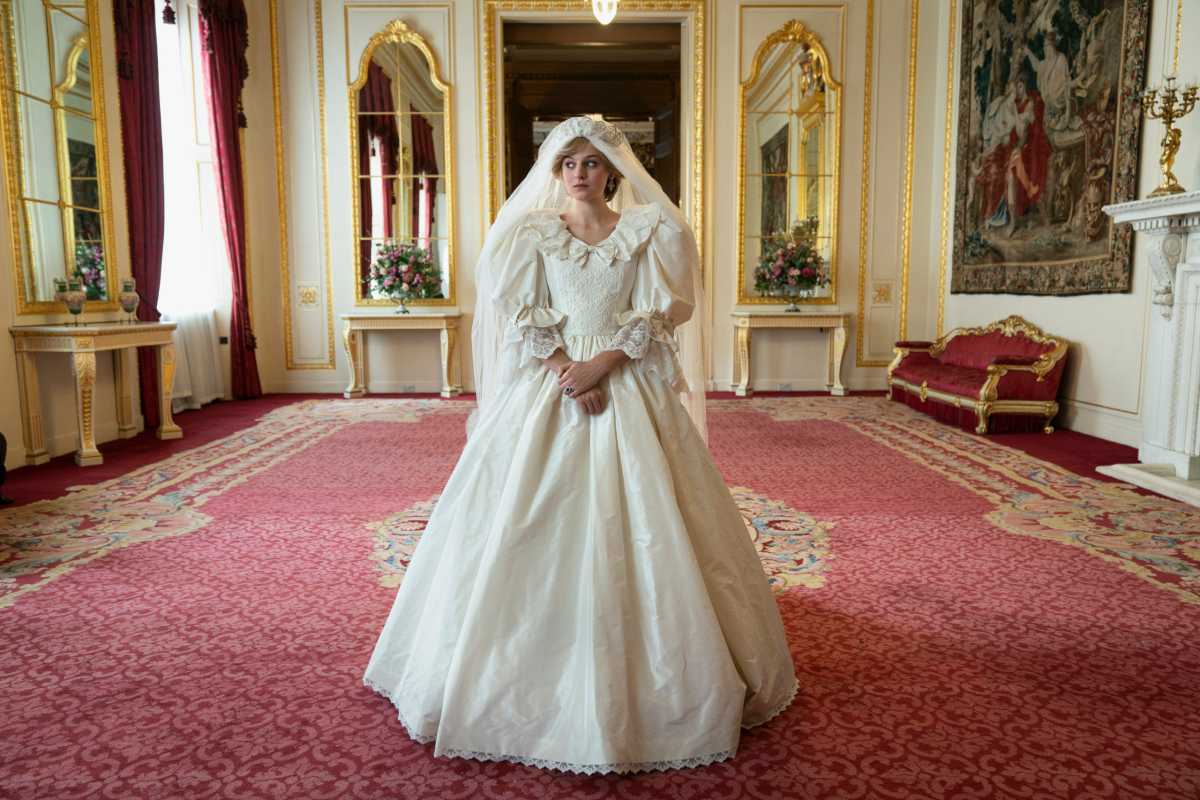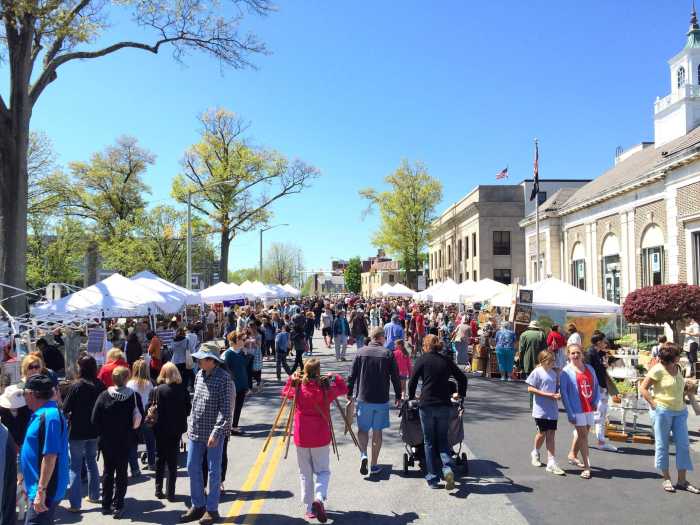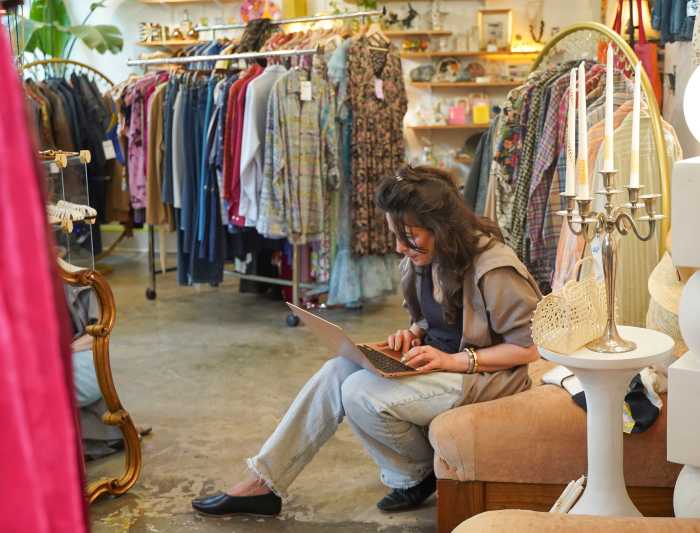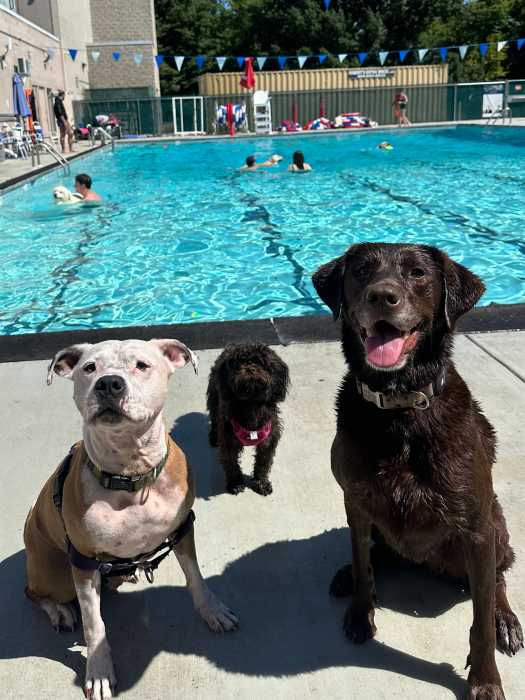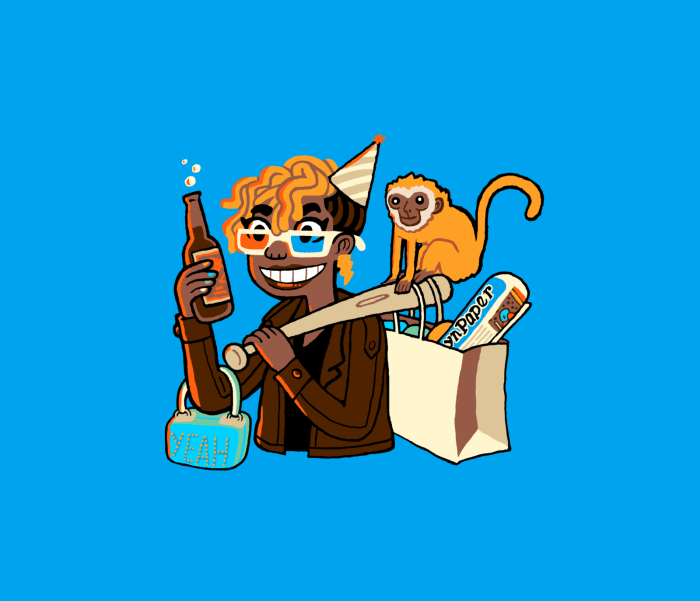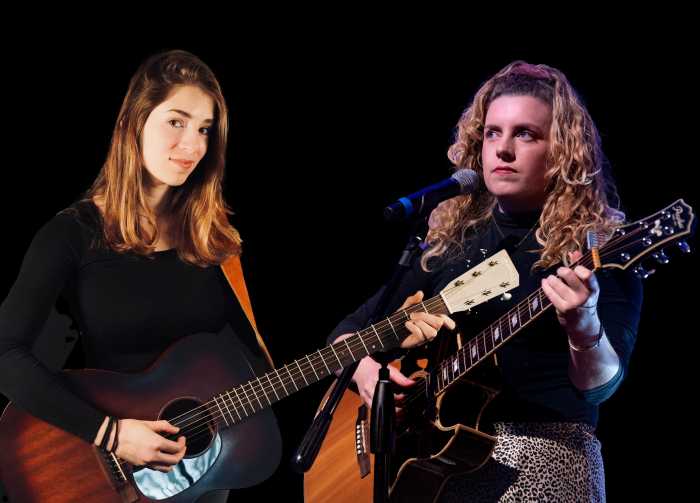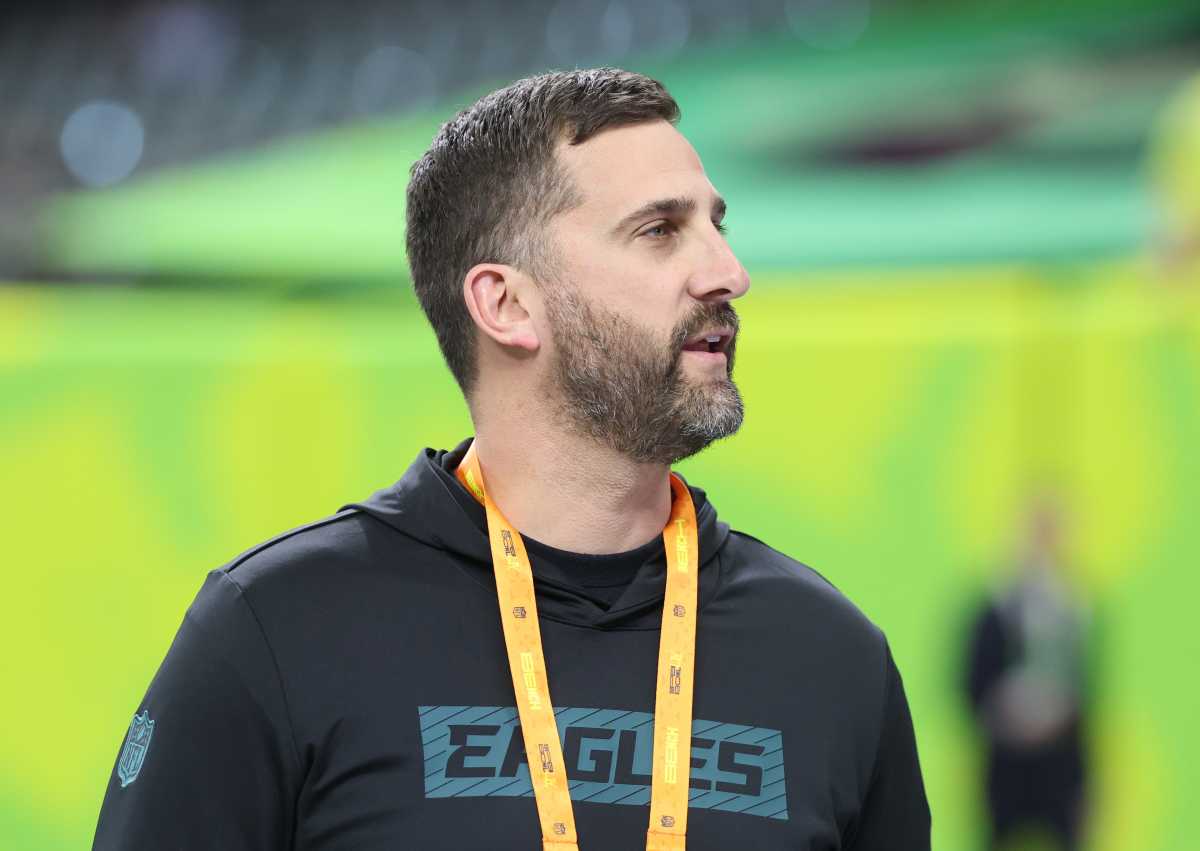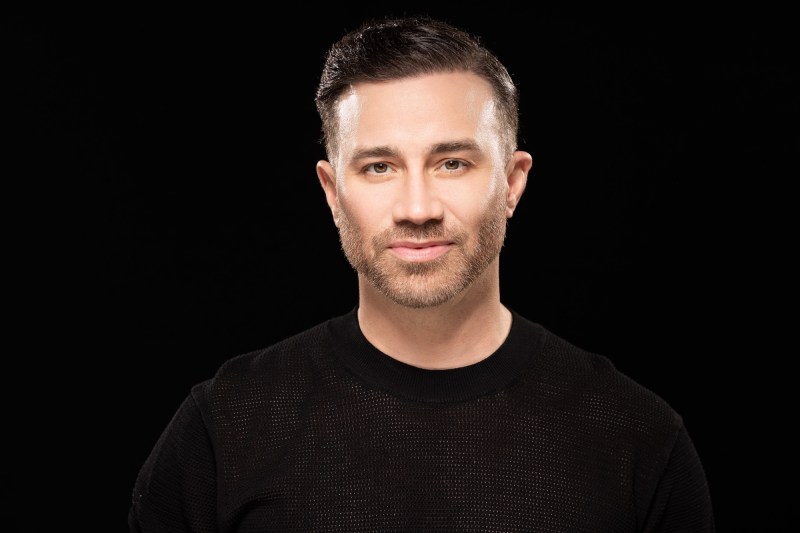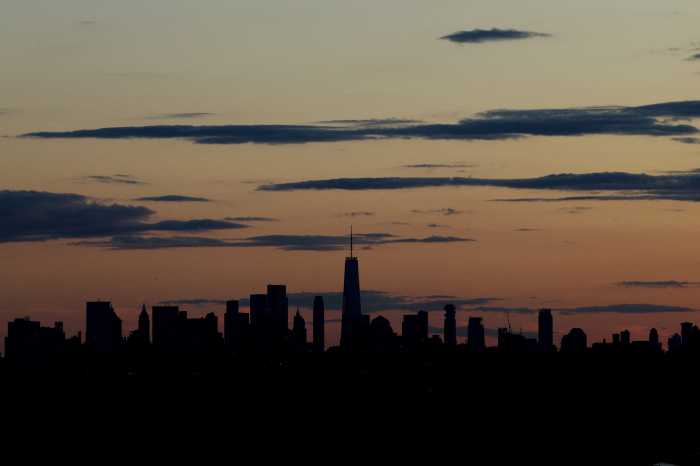By Luz Lancheros, MWN
For the fourth season of “The Crown,” the optimism of the ‘60s and ‘70s has been lost. Margaret Thatcher, played by Gillian Anderson, rules with an iron fist a country that goes to the abyss on issues of unemployment, foreign wars and controversial policies. But the royal family lives another drama. There are tensions between the four heirs of Queen Elizabeth. Princess Margaret takes an increasingly dark path and, of course, Diana, played by Emma Corrin, becomes the victim of that system that has treated her upstarts with cruelty and anyone else who wanted to escape the will of the Crown.
Amy Roberts, the series’ costume designer and Emmy winner for the third season, had to reflect the privacy, vulnerability and role of the young princess, who goes from being a naive young girl to a broken doll and abused wife, and finally gives a glimpse of the historical figure she would become. Metro talked with Roberts about the costumes of this character and other strong women of the British royal family.
How did you create the story of Princess Diana in this season?
That was depending on the scene, but you take her whole story in this season and you see a journey where she starts as a teenager, where she is 18, 19 years old… Shy, unaware of fashion, she commits to the prince and is thrown into the palace. At that point, I think she was not aware of her style. We see it when she meets the whole royal family and looks quite uncomfortable. And then we see her on Australia tour, dressed as a doll. She was not allowed to be a real person. And little by little, as the story progresses, very slowly, and sadly, when her marriage becomes more problematic, she realizes her power, her attractiveness and how people love her. At that point, her style stitches together, and that is what people remember about her and hope for. It is an appetizer for what we will see in season five.
How many outfits did Emma Corrin use in the series and among that, how many of them were replicas of what Princess Diana used in real life?
I don’t know the exact number. For example, when we see her on the 1983 Australian tour, when she goes with Charles and Prince William, she used at least 70 looks. Sometimes it could be from eight to twenty looks per episode and there are ten of them.
That can give you a general idea of what she wore and in the middle of all those looks, there are some that are key, like the wedding dress and the one for her engagement. And the series is wonderful in that sense.
How was Diana’s wedding dress created?
The challenge was not to be intimidated by it, because it’s the piece that everybody knows. We were lucky enough to meet David Emmanuel, one of the two designers of the original dress. And he came to see us with copies of the original designs. I wasn’t very clear about what the color of the dress really was. You look at the photographs and videos of the wedding and each one is different. It’s cream, but it’s a cream tone aiming to be pink, which is then gray, so we had several options. We gave David a choice and he solved that problem right away. And he was incredibly generous and gave us a lot of freedom to do things. That gave us a kind of relief from the fear with this piece and I feel, on the other hand, that it wasn’t my job to make such an exact replica of it. There were 2,222 pearls in that dress.
So I needed to make it look like there were pearls there. We also replicated the ribbons on the dress and the son of the person who had originally made them helped us with that too. But actually, I think my point of view focused on making the viewer reflect on what he remembered about that dress. That magical garment that every girl thinks she would wear as a princess. We had up to six costume fittings with Emma, and she was thrilled. I think a wedding dress generates that kind of emotion and is very meaningful. And that particular dress, the tragedy that followed, is something to remember.
How did you show the evolution of other strong characters in the series?
When I did the third season, which was in the ‘60s and ‘70s, there was a very fresh palette. Pink, lilac, floral hats. From there we move to an intermediate season, where the queen and her family have evolved, her marriage has been cemented and she is more used to her position. That’s why we wanted to give her a more stable look. She has never been eye-catching, but the color palette here is more moderate but interpreted in an equally subtle way towards the ‘80s. With Margaret, on the other hand, we see that she is in a more toxic stage and deals with mental health issues. We put several prints on her dresses, and strong colors on her, according to the time. And in contrast, there is Diana, this beautiful young girl, to make her look dull. And it was dramatic and touching to do that in terms of wardrobe.
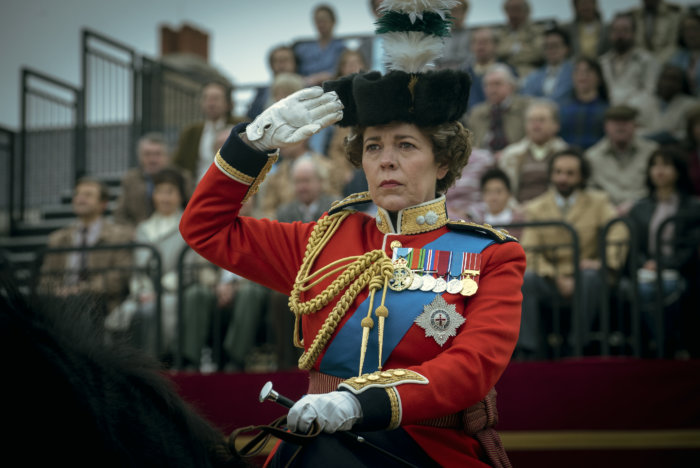
You have recreated so many looks that can be seen in historical photographs.
I know these are real people, but I wanted something beyond copying. I don’t like the idea of doing that. And when I found something identical to what Diana was wearing, for example, I felt a little weird about it. This story is like a great opera about this great family, with its ups and downs, particularly not very happy and of course, there were times when I had to stick to historical rigor. For example, with the queen’s uniforms or the Australian tour, where we had to dress Diana like a doll. But it’s not my favorite thing to do. Now, if we talk about challenging looks, the wedding dress was the hardest to create. The teamwork was fantastic. And the other most difficult was the queen’s uniform in the first episode. But I had a fantastic assistant who helped me.
I also wanted to do something very well done with Michael Fagan, the intruder who broke into the queen’s room. I had to do justice to who he was and what he represented and in that sense, I didn’t want to fail, because in his case it may only be about wearing jeans and T-shirts, but in a context like this series, it’s all about the clothes a person would wear in real life and not about costumes.
What is the meaning of Diana wearing a black dress in the last episode, knowing that it was forbidden?
It’s challenging. Charles hated that Diana wore black and yes, she makes a statement there. It’s not like the “revenge” dress that became famous in 1994, but it’s a powerful moment, it’s a scene that shows that she’s going to fight and break free and it shows what’s going to happen in season five. In the first episode, she’s a fairy and in the last one, she’s someone totally different. And I love the idea of how her journey begins and ends.



